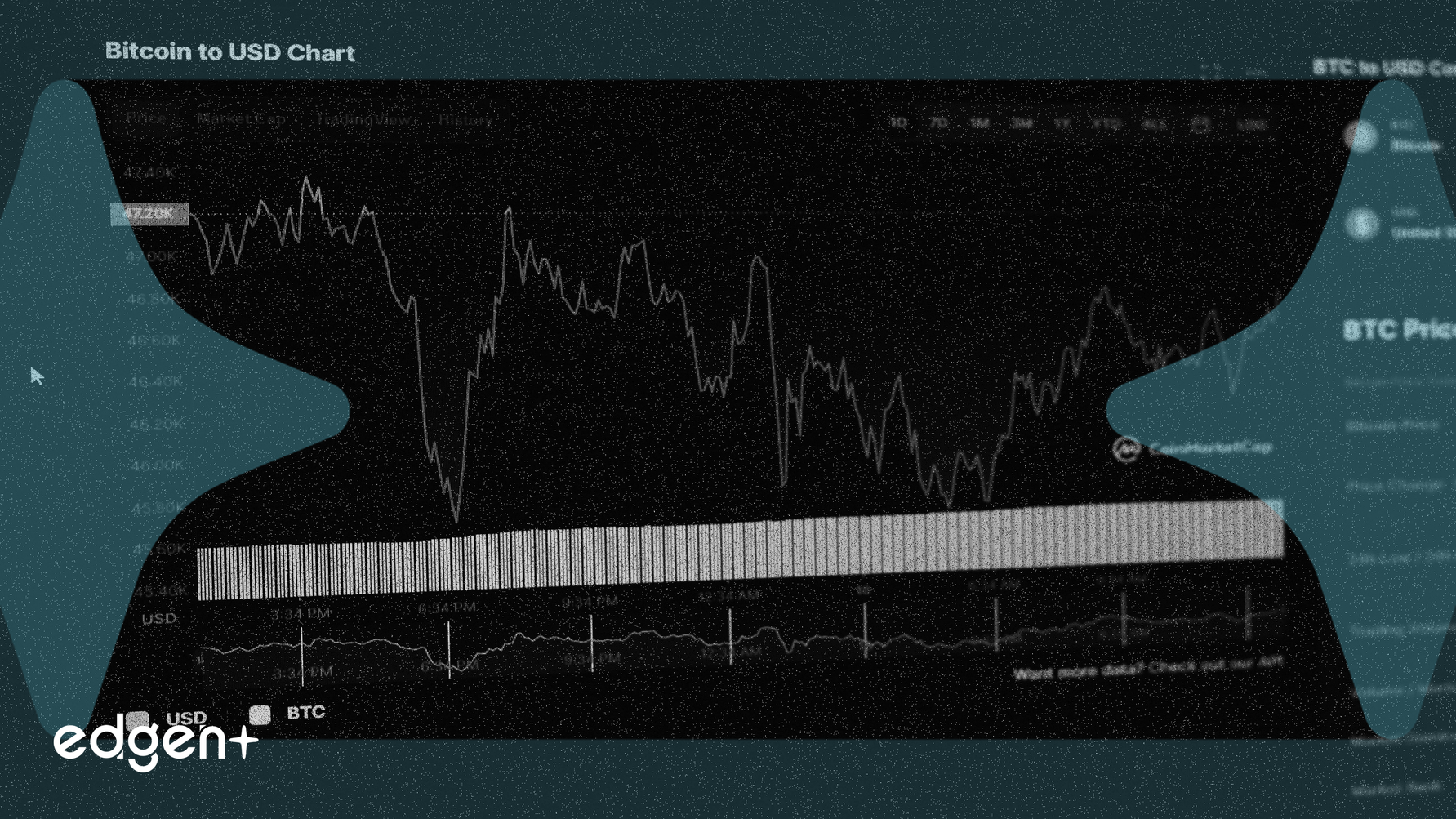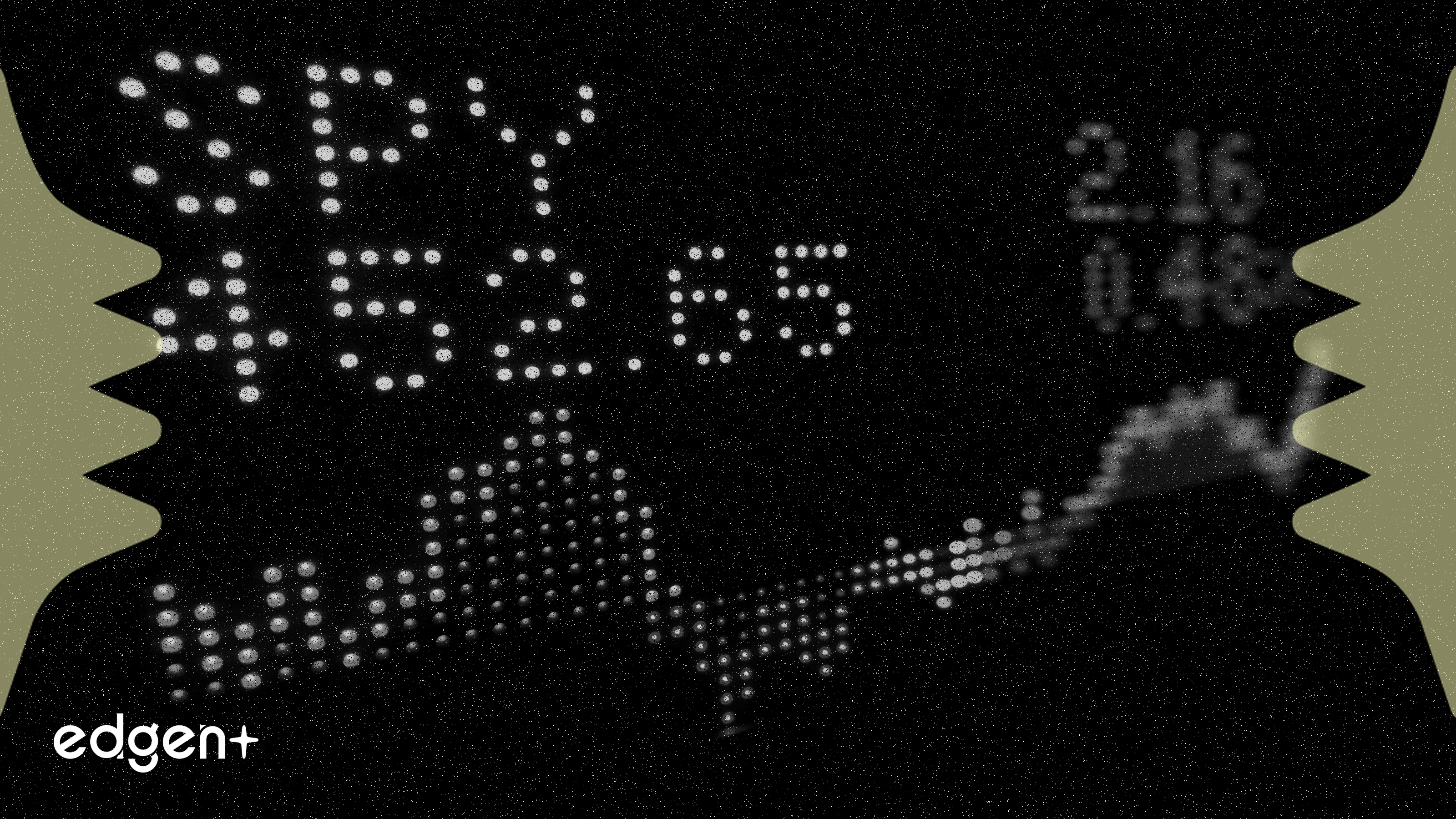Market Recalibration Follows Record Highs
U.S. equity markets witnessed a notable recalibration around October 9, 2025, as the Nasdaq Composite retreated from its recent record-setting highs, signaling a shift in investor sentiment. After achieving an all-time closing high of 23,043.38 on October 8, 2025, and an intraday peak of 23,062.62 on October 9, 2025, the index dropped approximately 0.3%. Similarly, the S&P 500 also experienced a 0.3% decline on the same day. This downturn comes amidst growing concerns over the sustainability of Artificial Intelligence (AI)-driven valuations and cooling expectations for aggressive Federal Reserve interest rate cuts, prompting a broader reassessment across the technology sector.
The Event in Detail: AI Narrative Under Scrutiny
The recent market movements underscore a developing shift from the highly optimistic investor sentiment that has largely propelled equity gains over the last three years. Central banks and leading financial institutions are increasingly scrutinizing the AI narrative, which has been the primary driver behind a significant portion of market performance. The Bank of England (BoE), through its Financial Policy Committee (FPC) in October 2025, issued explicit warnings regarding the heightened risk of a "sharp market correction." The FPC noted that "equity market valuations appear stretched, particularly for technology companies focused on artificial intelligence," leaving markets exposed "should expectations around the impact of AI become less optimistic."
Adding to these concerns are reports of "circular deals" within the AI ecosystem. Transactions involving OpenAI, Nvidia Corporation (NVDA), Advanced Micro Devices (AMD), and Oracle Corporation (ORCL), potentially totaling US$1 trillion, have raised significant valuation questions. For instance, OpenAI has committed to substantial spending on Nvidia and AMD chips, while simultaneously engaging in cross-investments. Nvidia has also invested in cloud providers like Nebius (NBIS) and CoreWeave (CRWV), who are purchasers of its chips, and holds an agreement with CoreWeave to acquire its unused computing capacity through 2032. Critics suggest these arrangements could inflate perceived AI demand and subsidize the build-out, drawing comparisons to the Dotcom bubble era. Furthermore, research from the Massachusetts Institute of Technology (MIT) indicated that 95% of organizations are realizing zero returns from their generative AI investments, fueling doubts about the immediate economic promise of the technology.
Analysis of Market Reaction: Converging Pressures
The market’s recent stumble reflects a confluence of factors beyond just AI valuation concerns. Cooling expectations for aggressive Federal Reserve interest rate cuts, following earlier anticipation of several cuts by year-end 2025, have contributed to a less accommodating monetary policy outlook. Additionally, an ongoing U.S. government shutdown has delayed the release of crucial economic data, injecting further uncertainty into the markets. The BoE also highlighted the potential for broader financial instability if political interference were to impact the Federal Reserve's independence, warning that such a scenario "could result in a sharp repricing of U.S. dollar assets, including in U.S. sovereign debt markets, with the potential for increased volatility, risk premia and global spillovers." This environment is leading investors to recalibrate their focus from "growth at all costs" to profitability and robust cash flow.
Broader Context and Implications: Echoes of Historical Overvaluation
The current market conditions show distinct signs of overvaluation, particularly in sectors buoyed by AI enthusiasm. The "Buffett Indicator," which compares total U.S. stock market value to GDP, stood at an alarming 220% as of October 2025, a level that Warren Buffett has called a "historic extreme" implying "significantly overvalued" conditions. Similarly, the Shiller P/E (CAPE Ratio) and traditional P/E ratios are at historic highs, with the forward price-to-earnings ratio on U.S. shares nearing the Dotcom bubble peak of 26 times. The S&P 500 is trading at a record 188% of U.S. GDP, surpassing previous peaks, while the Nasdaq 100 (NDX) and the FTSE 100 (UKX) are also at record highs. The concentration of market wealth is also a notable factor, with the "Magnificent 7" stocks, including Nvidia Corporation (NVDA), Microsoft Corporation (MSFT), and Amazon.com, Inc. (AMZN), now constituting approximately 30% of the S&P 500's total value, the highest level in over half a century. Goldman Sachs, while largely dismissing an immediate "bubble" scenario due to strong underlying tech profitability, identifies emerging trends such as increasing big tech debt issuance as cash reserves dwindle and a surge in IPOs capitalizing on the AI frenzy (with average 30% starting day premiums), which could signal a shift towards bubble-like conditions.
Financial authorities have issued clear warnings regarding the risks. The Bank of England's FPC explicitly stated:
"The risk of a sharp market correction has increased."
"On a number of measures, equity market valuations appear stretched, particularly for technology companies focused on artificial intelligence. This … leaves equity markets particularly exposed should expectations around the impact of AI become less optimistic."
While some analysts from Bank of America and Goldman Sachs maintain that current AI investment is primarily funded by highly profitable tech businesses with strong balance sheets, the consensus among central banks points to increasing vulnerability. BoE Governor Andrew Bailey also expressed concern over potential political interference with the Federal Reserve's independence, noting that a "sudden or significant change in perceptions of Federal Reserve credibility could result in a sharp repricing of U.S. dollar assets."
Looking Ahead: Navigating Uncertainty
The coming weeks and months will be critical for assessing the trajectory of the market and the AI narrative. Key factors to monitor include future announcements from the Federal Reserve regarding interest rates, the resolution of the U.S. government shutdown, and forthcoming earnings reports from major technology companies. Investors will be closely watching for signs of sustainable returns on AI investments and the financial viability of the large-scale capital expenditures undertaken by companies like OpenAI. The evolution of competition in the AI sector, with platforms like Anthropic's Claude and Google's Gemini challenging ChatGPT's dominance, will also be crucial. Given the prevailing market conditions, characterized by stretched valuations and heightened uncertainty, investors are advised to exercise extreme caution and prioritize fundamental analysis over speculative trends, hedging against potential downside risks in the highly concentrated AI-driven segments of the market.
ソース:[1] Some Chinks Developing Within The AI Narrative (https://seekingalpha.com/article/4829087-some ...)[2] Why Wall Street Analysts Say We're Not in an AI Bubble… Yet - Investopedia (https://vertexaisearch.cloud.google.com/groun ...)[3] Bank of England warns of growing risk that AI bubble could burst - The Guardian (https://vertexaisearch.cloud.google.com/groun ...)



